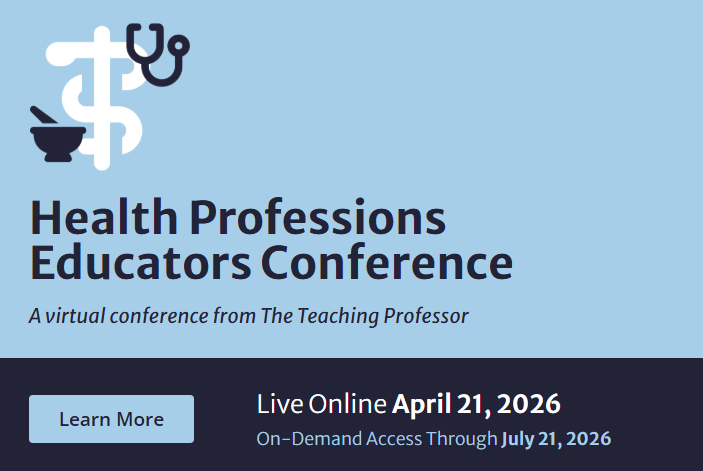Designing Online Courses to Meet the Needs of a Diverse Student Population
When designing an online course we tend to create the course based on our needs and time restraints, and often do not think of our students and the reasons why they are taking an online course. To effectively meet our students diverse needs, we must step back and ask ourselves:




